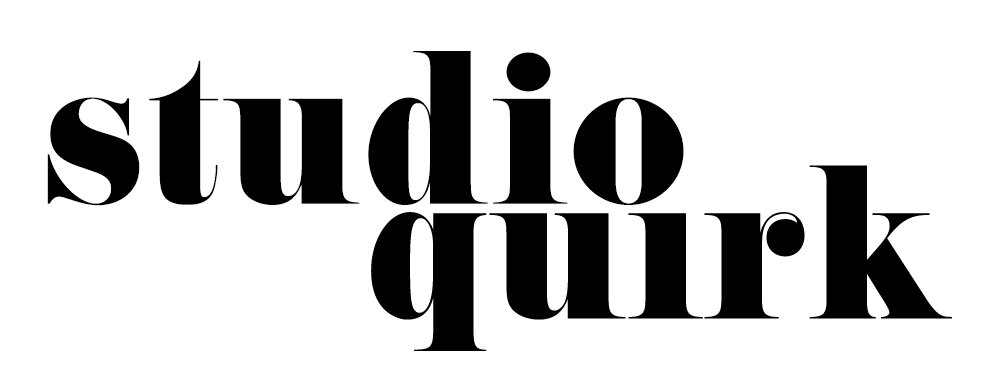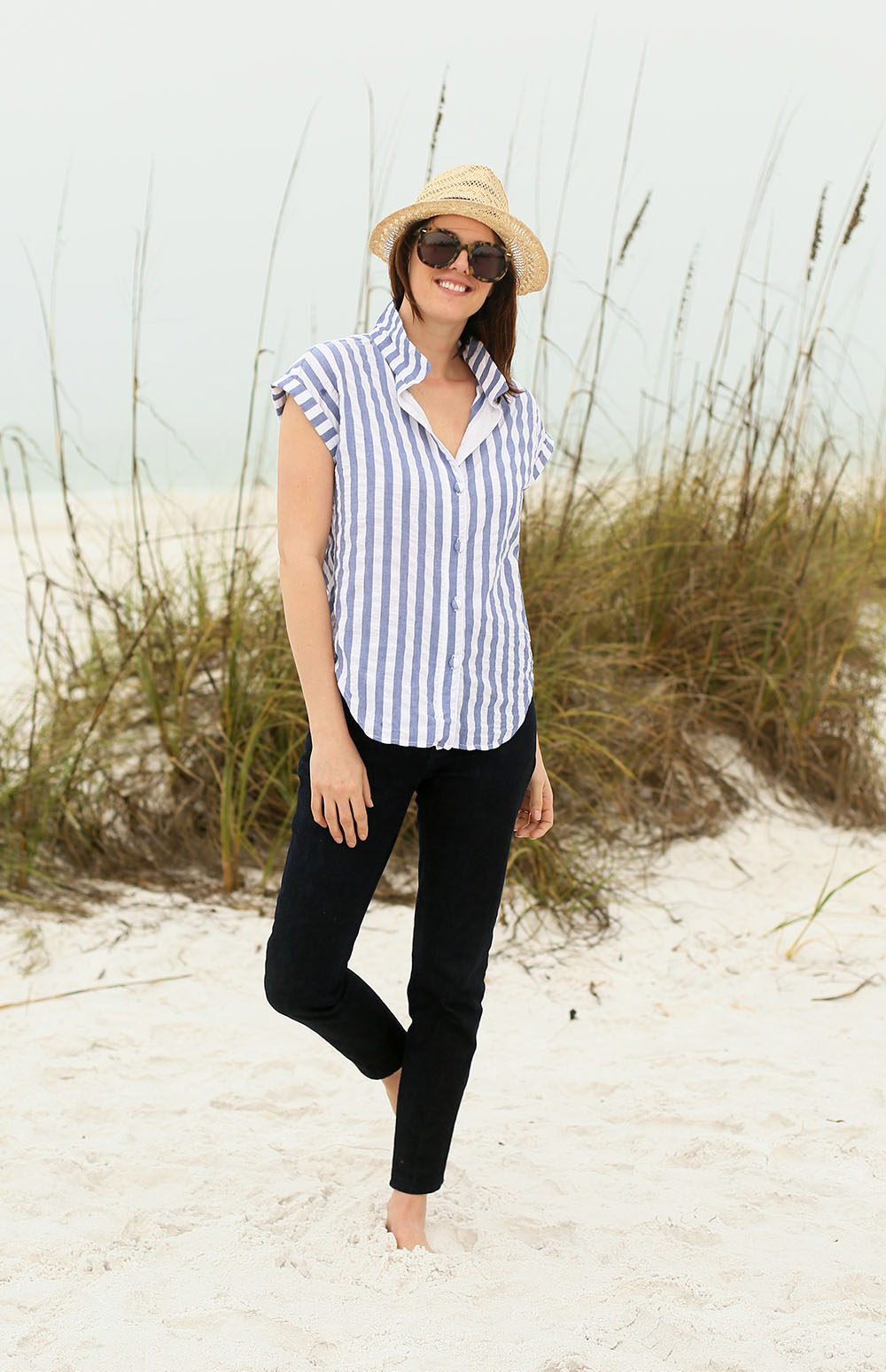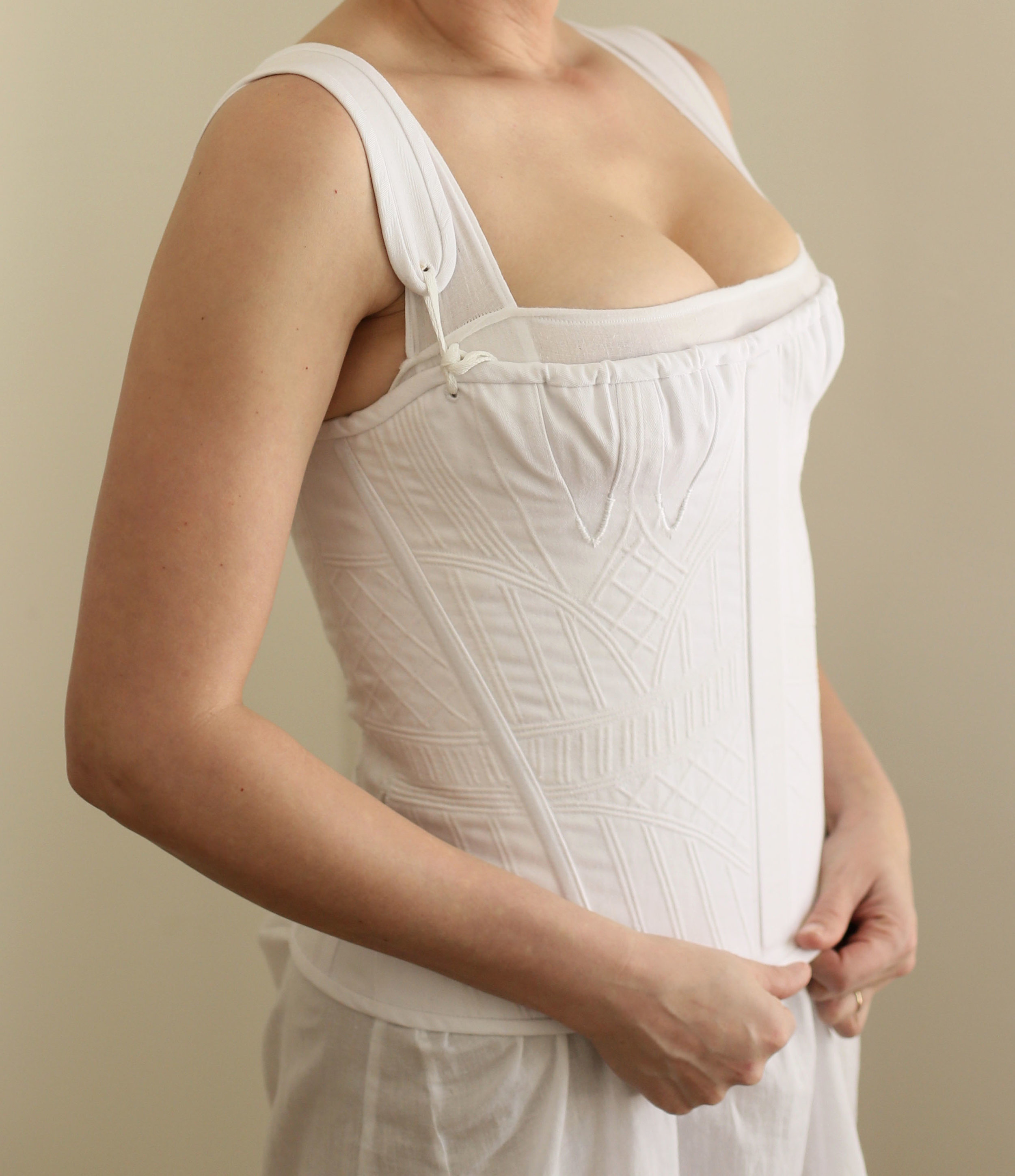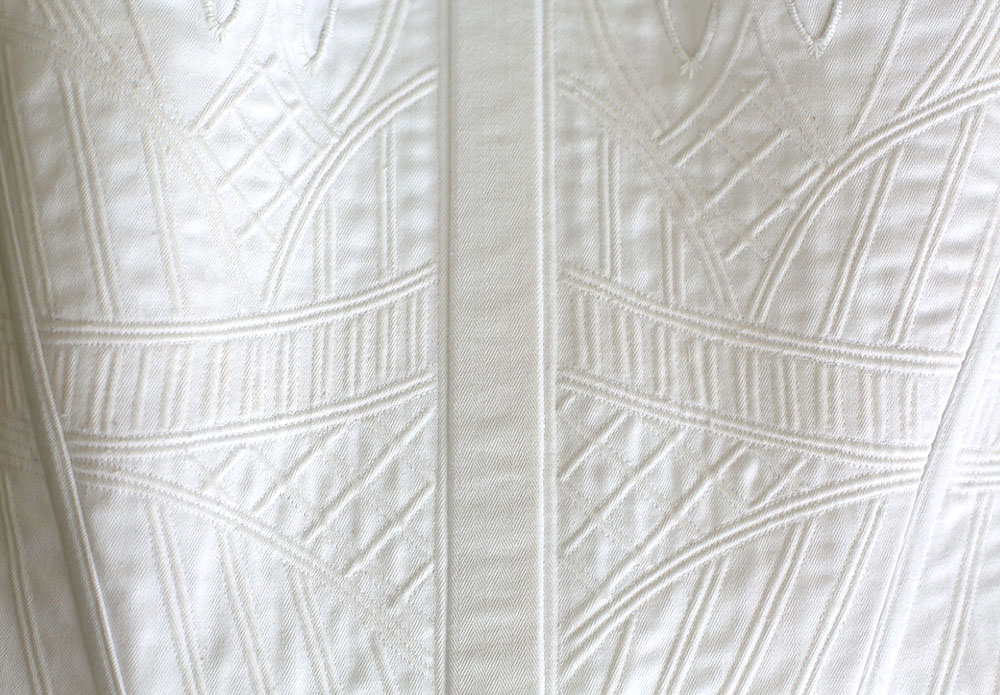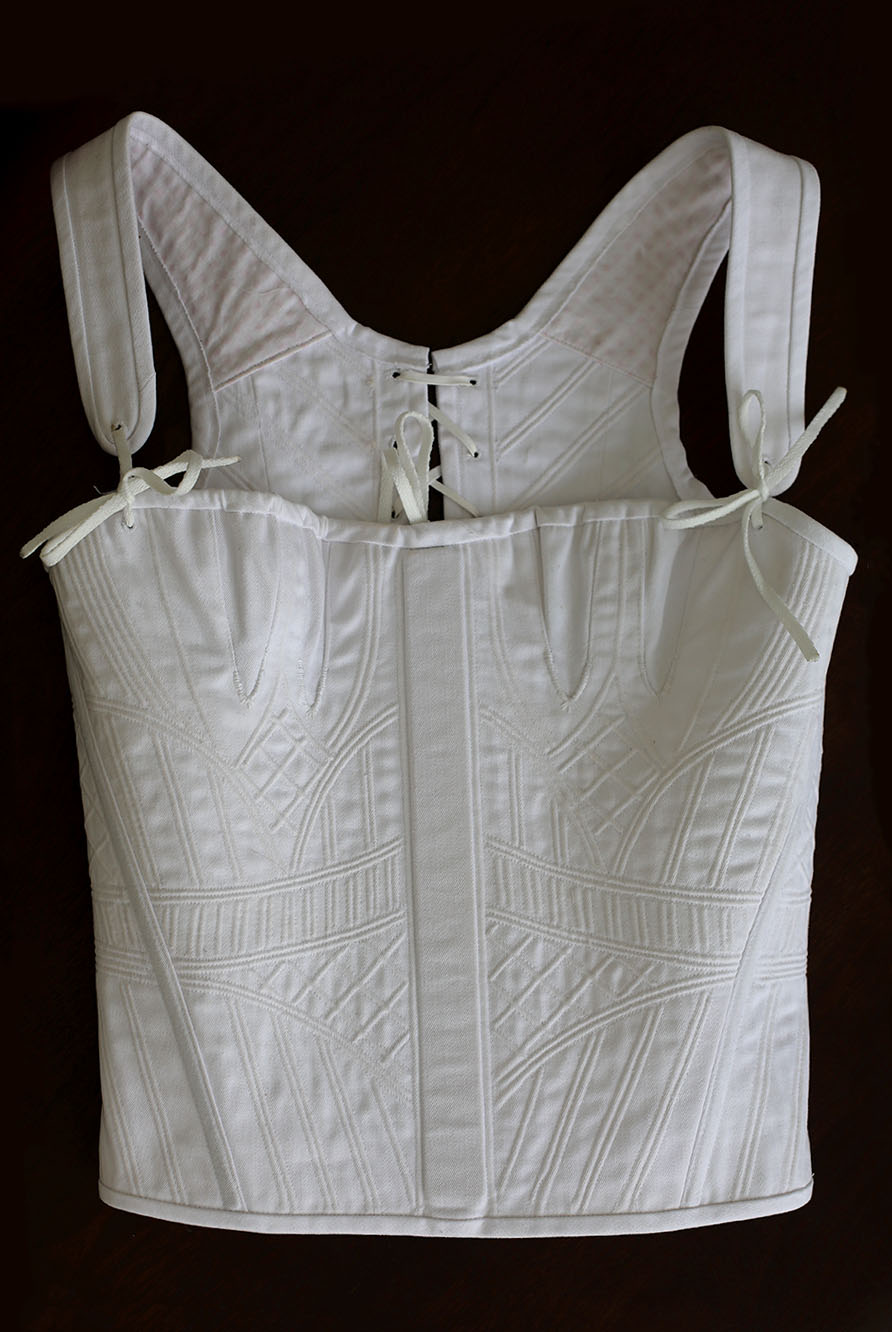Inspired By | 18th Century Pink
/If we’re friends on Instagram, you may have seen some photos of my weekend journey time traveling to a historic hotel in Ohio with Adam for an 18th century dinner party (yes, it was amazing!) Before I share those photos, I wanted to break down my inspiration for the project and share some images that guided me through my most recent costume adventure!
When I saw the photo above left, I knew I wanted to re-create a similar gown. My first historical project was for a daytime event and made from Red chintz and blue stripes, so for a dress of the same era, but for the evening, I wanted to go 180 in terms of materials. Both are Italian style gowns, but as you’ll see soon, the end look is quite different! So the photo on the left - that’s the main image I kept going back to when thinking out this costume. I love the lush sheen of the silk, the matching petticoat and trim, the soft sheer fichu (neck scarf) and the beautifully arranged floral accents. Six yards of a pink and cream shot silk (one color running each way) later and I was ready to make the 18th century evening gown of my dreams.
As I prepped for the event and tried to nail down styling, I decided to re-watch one of my favorite costume films of all time - Sophia Coppola’s 2006 Marie Antoinette starring Kirsten Dunst. Fun fact - I was very excited to see this film when it came out and was actually on a work trip to Paris when I saw it in theaters there! It was even a week or so before it debuted in the US. If you follow my stories you know I am the kind of person that gets a lot of JOY out of things I love, so just imagine what it was like to see this movie on my first trip to France! IT WAS AMAZING!
But back to the film! I was rewatching and noticed the dress - my dress - or at least the dress I wanted to recreate. A little googling later and a very fun tumblr called Recycled Movie Costumes and I realized the original inspiration dress above was originally created for Coppola’s Marie Antoinette. The practical side of me loves that this gown got multiple lives in different movies (also worn in a Royal Affair). While my gown isn’t a screen copy of the one you see here, it definitely captures the feeling. It’s also pretty historically accurate while still letting me feel like I got to make some design decisions. Guys! This was a dream project and I’m already imagining how I might rework the dress for future occasions!
For my hair I also turned to inspiration images - some modern (like the editorials at the top of this post) and some from portraits of the time like the image above and to the left. For my hairdo the main elements I knew I wanted to incorporate were feathers, flowers, shape and powder. Creating a somewhat similar look too a lot of trial and error, but was majorly worth it. I felt like it was pretty historically accurate but I still felt beautiful wearing it.
I also ended up buying a rose gold wig and styling it time and time again only to end up powdering and poofing my own hair instead - a last minute decision I’m really happy with in hindsight. I will say the wig I bought was amazing quality and not expensive, so I hope I have the chance to wear it another time.
So that’s a little about how I got inspired for this project and this week I’ll share some photos of myself all decked out at the event! It was raining cats and dogs, but Adam worked his magic and got some pretty shots - I can’t wait to edit them and show you!
